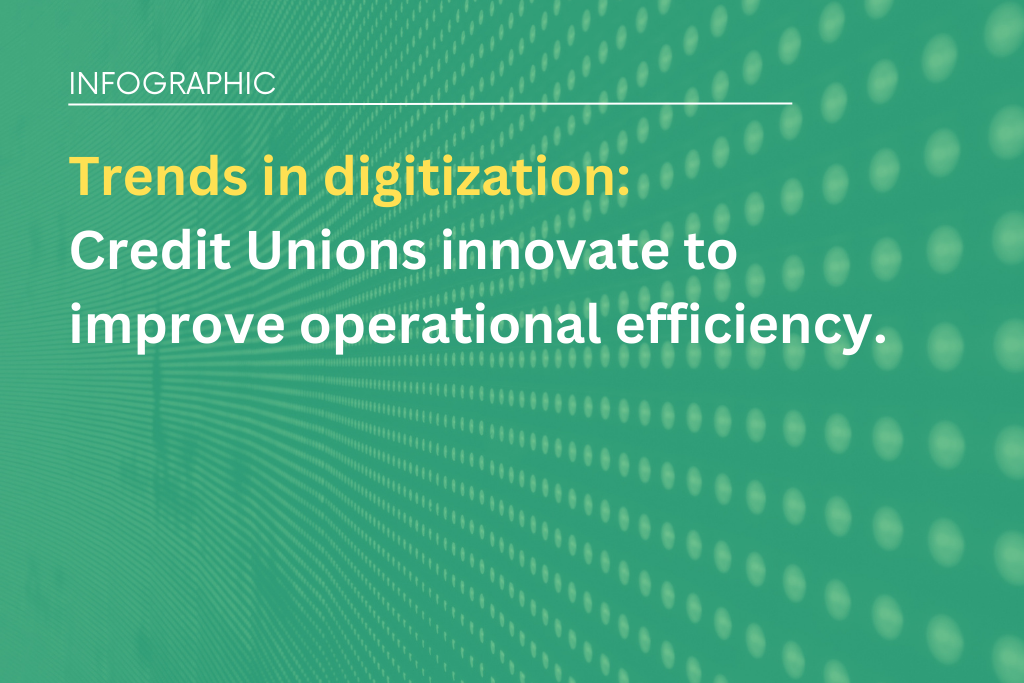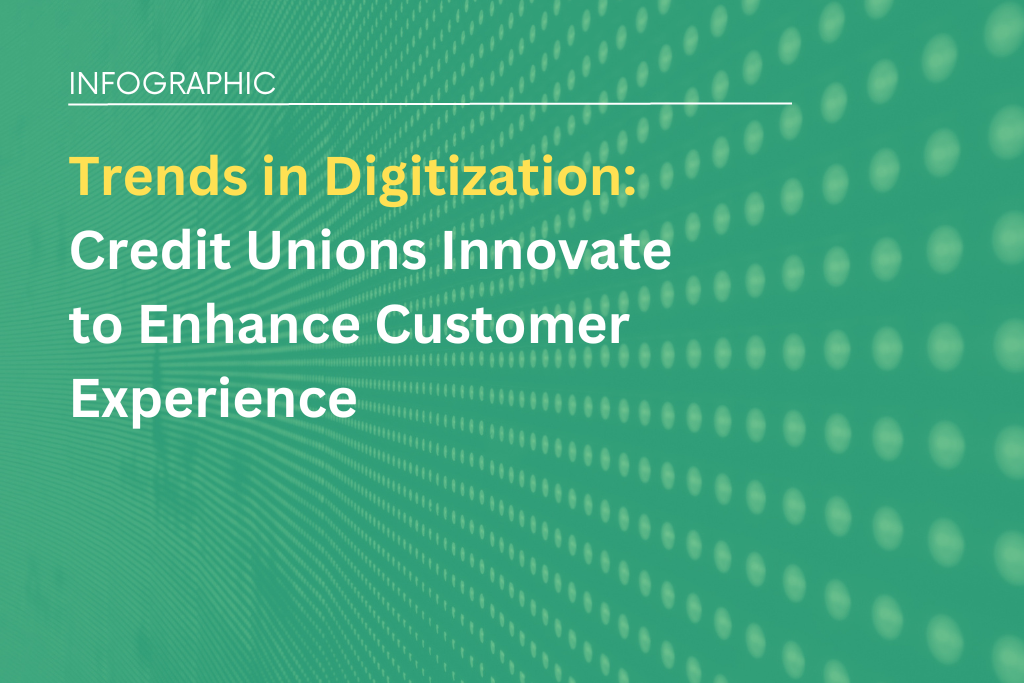In the ever-evolving landscape of the lending industry, compliance has emerged as a vital cornerstone for success. With its complex regulatory framework and stringent requirements, the financial services sector emphasizes maintaining compliance standards. For lenders, adherence to regulatory guidelines and industry best practices is not merely a legal obligation but a strategic imperative. It ensures the integrity of their operations, builds trust with customers and stakeholders, and safeguards against reputational risks and costly penalties.
In this article, we delve into the top compliance challenges facing the financial services industry, shedding light on the importance of compliance and its profound impact on the lending landscape.
Top 5 Compliance Challenges
The financial services industry faces the daunting task of constantly changing regulations, such as new data privacy laws, environmental regulations, and anti-money laundering measures. Financial institutions, including smaller ones, must allocate resources to ensure compliance, often straining their budgets.
Managing cybersecurity risks in the financial industry is challenging due to the increasing sophistication of cyber threats and the evolving regulatory landscape. Financial organizations must invest in robust cybersecurity measures, which can be resource intensive. Additionally, staying updated with compliance requirements and adapting security measures accordingly is crucial. Fostering a culture of security awareness among employees further adds complexity to maintaining effective cybersecurity practices.
The cost of neglecting cybersecuirty risks include
- Financial losses from data breaches and theft
- Reputational damage and loss of customer trust
- Legal and regulatory consequences for non-compliance
- Operational disruptions and downtime
- Intellectual property theft and compromise
- Negative impact on employee morale
- Customer loss and decreased loyalty
Organizations must prioritize cybersecurity and implement robust measures to protect their data, systems, and reputation to avoid these costs.
The growing emphasis on data privacy, fueled by regulations like the General Data Protection Regulation (GDPR) and California Consumer Privacy Act (CCPA), necessitates stringent data governance practices and mechanisms to safeguard customer information. Ensuring overall privacy and data security can be challenging as cyber threats evolve and become more sophisticated.
Measures to Protect Data Privacy and Compliance
- Implement strong data security measures such as encryption, firewalls, and access controls.
- Develop and enforce clear data privacy policies and regularly train employees on their responsibilities.
- Conduct regular data privacy assessments to identify and address vulnerabilities.
- Obtain explicit consent and provide transparency on how personal data is used.
- Keep security systems and software up to date to address vulnerabilities.
- Train employees on data privacy best practices and promote a culture of privacy awareness.
- Establish an incident response and data breach notification procedures.
- Choose trusted service providers with strong data privacy practices.
Environmental, Social, and Governance (ESG) considerations are gaining prominence, requiring financial institutions to integrate sustainability principles into their operations, disclosures, and risk management frameworks to meet evolving ESG compliance requirements. Financial institutions must also consider social factors such as diversity, inclusion, and community impact in decision-making. Additionally, effective governance practices entail transparent reporting, ethical conduct, and risk management aligned with ESG standards. Meeting evolving ESG compliance requirements involves developing policies, frameworks, and reporting mechanisms to ensure alignment with sustainability goals and meet the expectations of regulators, investors, and stakeholders.
Indeed, the need for more talent in the compliance sector is a significant challenge. The demand for skilled compliance professionals has been increasing due to the growing complexity of regulations and the need for organizations to ensure compliance. However, finding and retaining qualified individuals with the necessary expertise in compliance and regulatory matters can take time and effort. This talent shortage creates a competitive landscape for organizations seeking to fill compliance roles and poses a risk in maintaining effective compliance programs. Organizations must invest in talent development, recruitment strategies, and training initiatives to address this challenge and build a capable compliance workforce.
Steps to alleviate compliance challenges
- Embrace Technology for Agile Compliance: Embrace advanced software solutions that automate compliance processes, enabling your organization to stay updated with evolving regulations. Implement real-time monitoring, data analytics, and machine learning algorithms to identify and adapt to regulatory changes promptly.
- Enhance Risk and Compliance Measures: Utilize technology-powered risk assessment and management tools to identify, assess, and prioritize risks across your organization. Leverage data analytics, machine learning, and artificial intelligence to analyze data and gain valuable insights for effective risk mitigation strategies.
- Implement Robust Compliance Monitoring: Establish robust monitoring mechanisms to identify and address compliance issues proactively. Leverage technology to automate monitoring processes, ensuring timely detection of any compliance deviations. Maintain accurate records and generate comprehensive reports to demonstrate compliance with regulatory authorities.
- Conduct Regular Compliance Reviews: Schedule periodic reviews and assessments of your compliance program to identify gaps or areas requiring enhancement. Utilize technology to streamline review processes, track progress, and implement necessary adjustments to strengthen compliance measures.
Ensuring compliance for sustainable success
Compliance has become a critical aspect of success in the lending industry. Financial institutions must navigate a complex regulatory landscape to maintain integrity and protect their customers and stakeholders. By embracing technology, enhancing risk and compliance measures, implementing robust monitoring, and conducting regular reviews, lenders can strengthen their compliance efforts and stay ahead of evolving regulations.
Contact Us if you want to learn more about how our technology services can help your compliance management.
Get Insights to stay ahead in the Lending Industry.
Insights delivered monthly!







